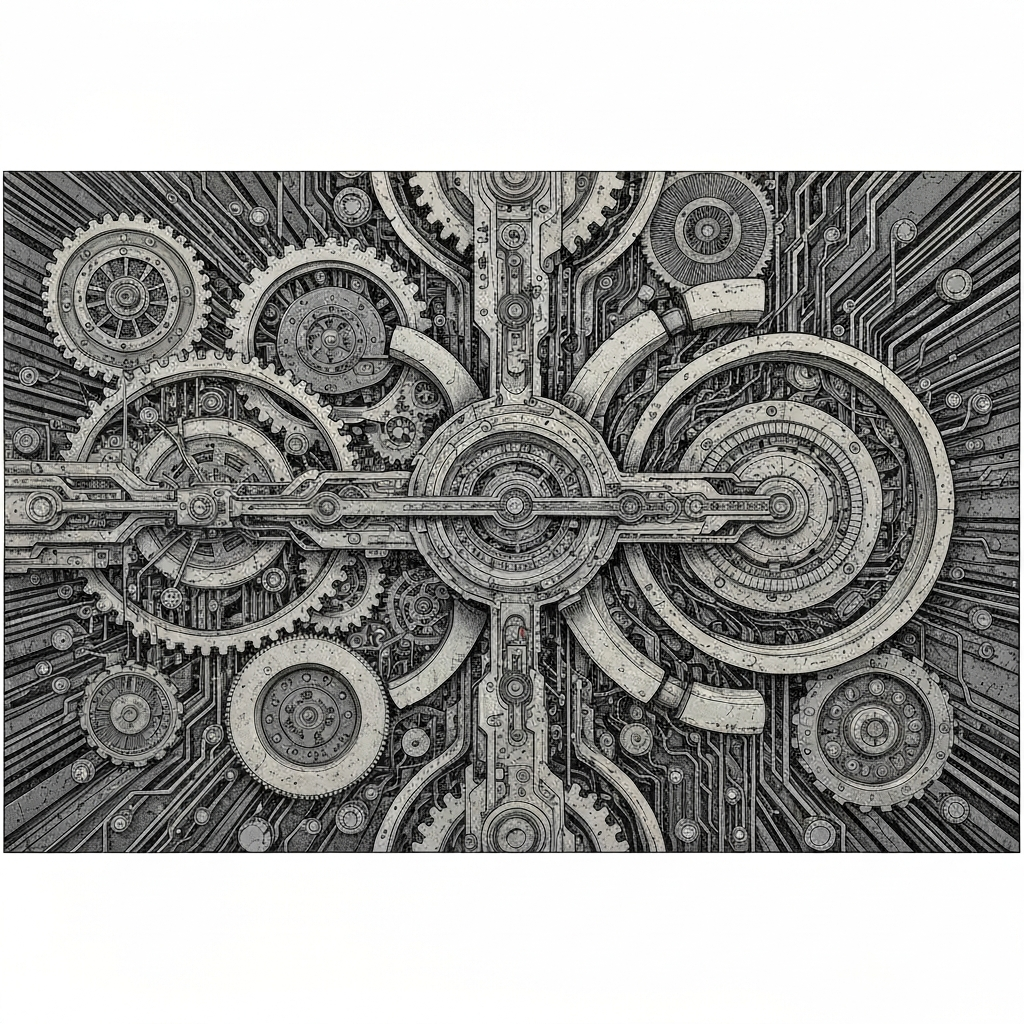The Algorithmic Ground Game: What Marketers Can Learn From The AI-Powered Voter Mobilization Strategies Of The 2024 Election
Published on November 7, 2025

The Algorithmic Ground Game: What Marketers Can Learn From The AI-Powered Voter Mobilization Strategies Of The 2024 Election
In the relentless, high-stakes arena of modern politics, victory is no longer just about charismatic candidates and rousing speeches. It’s about data, precision, and scale. The 2024 election cycle is rapidly becoming a watershed moment, not for its political rhetoric, but for the sophisticated technological machinery operating behind the scenes. Welcome to the era of the algorithmic ground game, where every voter interaction, every social media post, and every donation is a data point fueling a complex engine of artificial intelligence. This powerful engine is the new kingmaker, and its core function is AI voter mobilization—the art and science of using algorithms to identify, persuade, and activate supporters with unprecedented accuracy.
For digital marketers, campaign strategists, and data analysts, this political battleground is more than just a spectator sport; it's a living laboratory for the future of digital engagement. The same challenges that political campaigns face—cutting through a saturated media landscape, personalizing messages for millions of individuals, and proving the ROI of every dollar spent—are the very pain points that keep marketers up at night. The strategies being honed in the crucible of the 2024 election offer a profound glimpse into what’s possible when data science and AI are pushed to their absolute limits. By dissecting these advanced AI-powered marketing techniques, we can uncover actionable lessons to redefine audience engagement, optimize conversion funnels, and build more resilient, data-driven brands.
This article will pull back the curtain on the AI-powered voter mobilization strategies shaping the 2024 election. We will explore the core technologies at play, decode the specific tactics being deployed, and, most importantly, translate these cutting-edge political methodologies into five concrete, actionable lessons that you can apply to your own marketing efforts. It's time to learn from the highest-stakes marketing campaign of them all.
The New Political Playbook: How AI is Revolutionizing Campaigning
For decades, the political playbook was built on a foundation of broad demographic targeting, shoe-leather canvassing, and mass media advertising. Campaigns would buy TV ads targeting “suburban mothers” or send direct mail to “senior citizens.” While effective in its time, this approach was a blunt instrument. The digital revolution, particularly the rise of social media, sharpened the tools, but the core strategy remained largely unchanged. The 2024 cycle marks a definitive break from this past. The new playbook is not just digital; it’s algorithmic. AI in political campaigns is no longer an experimental edge case; it is the central nervous system of any serious operation.
This transformation is driven by a confluence of factors: the exponential growth of available data, the maturation of machine learning algorithms, and the falling cost of computational power. Campaigns now have access to a staggering amount of information, from public voter registration files to commercial datasets detailing consumer habits, media consumption, and lifestyle preferences. AI provides the only feasible way to process this deluge of information and extract actionable intelligence. The result is a shift from campaigning as an art of persuasion to campaigning as a science of prediction and optimization. Every decision, from which doors to knock to the exact wording of a fundraising email, is increasingly guided by a model's output rather than a consultant's gut feeling.
Beyond Social Media: The Core AI Technologies in Modern Elections
While targeted Facebook ads are the most visible application of tech in politics, they represent only the tip of the iceberg. The real workhorse technologies of the algorithmic ground game operate much deeper within the campaign infrastructure.
- Machine Learning (ML) for Predictive Analytics: This is the cornerstone of modern voter targeting AI. Campaigns use ML models to predict a wide range of voter behaviors. These models ingest thousands of data points per individual to generate scores, such as a voter's likelihood to turn out, their probability of supporting a specific candidate (persuasion score), or their potential to donate. This allows campaigns to allocate resources with surgical precision, focusing efforts on the small slice of the electorate that is both persuadable and likely to vote.
- Natural Language Processing (NLP): NLP is the engine behind sentiment analysis and message generation. AI tools scan millions of social media posts, news articles, and online comments in real-time to gauge public mood on key issues. This allows for rapid response to developing narratives. Furthermore, generative AI models, a subset of NLP, are used to draft countless variations of emails, text messages, and ad copy, each tailored to resonate with specific micro-audiences.
- Computer Vision: While less discussed, computer vision is also playing a role. Campaigns can use it to analyze video feeds from rallies to estimate crowd size and demographics, or to scan broadcast media for mentions of their candidate, opponents, or key issues, providing another layer of real-time intelligence gathering.
These technologies are not operating in silos. They are integrated into sophisticated data platforms that serve as a single source of truth for the entire campaign, enabling a level of coordination and speed that was unimaginable just a decade ago.
From Canvassing to Code: The Shift in Voter Outreach
The iconic image of a political campaign is the dedicated volunteer with a clipboard, knocking on doors. While that “ground game” still exists, it has been completely remade by AI. Today’s canvasser doesn’t just get a list of addresses in a precinct; they get a